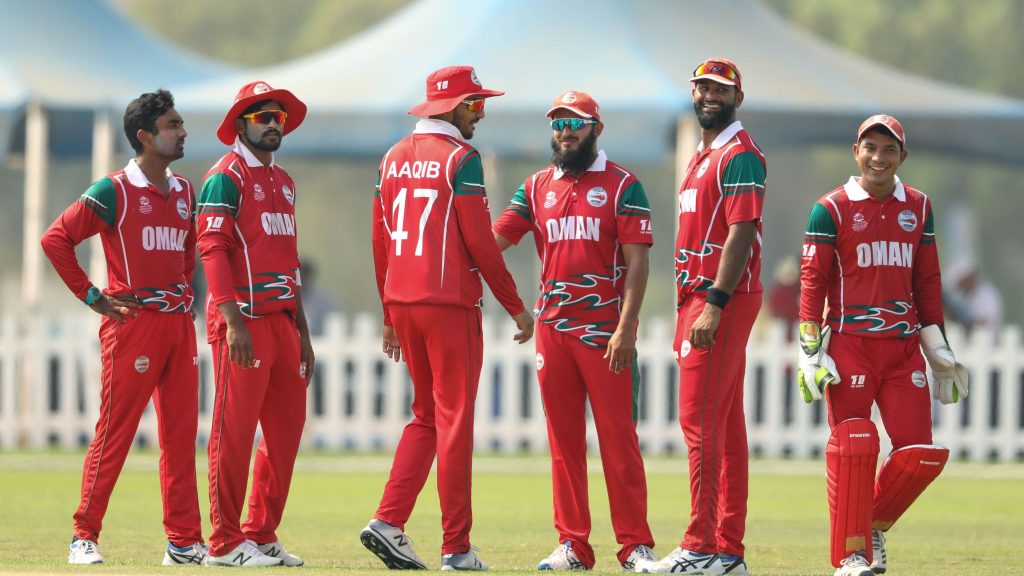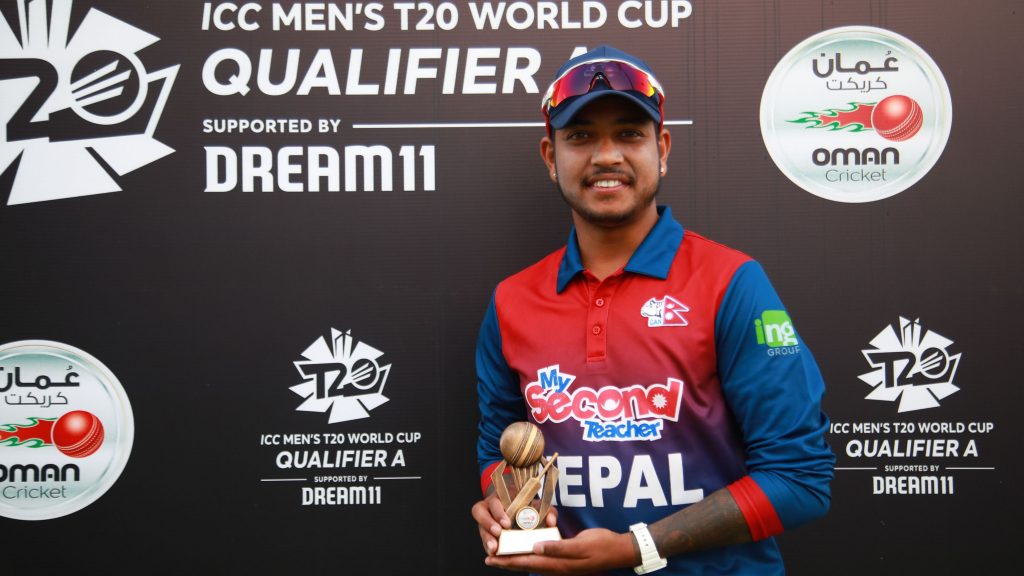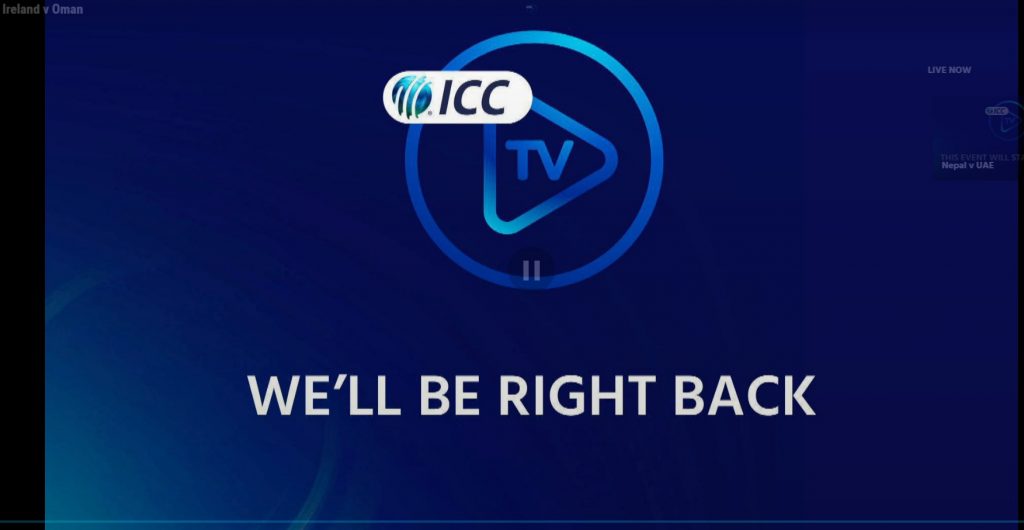Oman desperately needs an injection of fresh faces
From 2021 T20 World Cup co-hosts and participants to not even qualifying for this year’s edition, it’s been quite a comedown for Omani cricket in a short period of time. Missing out will particularly sting more, given the Omanis had the advantage of playing in home conditions at Al Amerat. While the bowling unit consisting of Bilal Khan, Kaleemullah, Fayyaz Butt and Khawar Ali did a marvellous job, it was the batting that let them down in key moments. They failed to chase down 117 against Nepal and also collapsed in a heap against Ireland, going from 68/2 to 109 all out.

For Oman, the squad selected for the Qualifier was largely the same from last year’s World Cup. But its ageing nature (average age of 33) represents a major problem for the Gulf nation. Star players such as Bilal, Kaleemullah, Zeeshan Maqsood and Jatinder Singh are all in their early 30’s, whilst many others are of similar age or even older.
The team desperately requires an injection of fresh faces and young talent. If the transition is not started now, Oman risk falling down the Associate T20 ladder when the veterans start retiring. As this Qualifier has shown, the Asian region is extremely strong and Associates there cannot afford to rest on their laurels with the likes of Bahrain, Singapore, Qatar, Kuwait and Malaysia also not too far behind.
Nepal continues to disappoint in crunch games
For Nepal, it was another T20 Qualifier that ended in crushing disappointment. The Himalayan country’s passionate fan base is infectious and while it is easy to get carried away by the vociferous support on social media, it fails to hide the fact that Nepal continues to lose in crunch games. And to date, the 2014 T20 World Cup remains their only appearance at a major ICC event.
This time around, Nepal did everything right by winning all their group games. The bowling was disciplined and penetrative led by captain Sandeep Lamichhane, who finished as the tournament’s highest wicket taker with 12 wickets at an astonishing average of 6.50. He was ably supported by the medium pace trio of Abinash Bohara, Kamal Singh Airee and Jitendra Mukhiya. Batters Kushal Bhurtel and Dipendra Singh Airee also had great tournaments, regularly putting up challenging totals or chasing down targets with ease.

But once again, they lost when it really mattered in the must win semi-final game against UAE. It continues a worrying trend for Nepal; they lost in the Asian Regional Finals in 2019 and failed to qualify for the 2016 T20 World Cup by finishing bottom of Group A in the 2015 Global Qualifiers. With T20 World Cups expanding to 20 teams from 2024, let’s hope that Nepal break their hoodoo and add to their solitary appearance at an ICC World Cup event.
“WE’LL BE RIGHT BACK” – Streaming issues mar coverage

In many ways, the captioned screenshot above has been the defining image of the tournament. Persistent streaming issues marred its coverage and for fans of the emerging game, it was an immensely frustrating viewing experience. Add to that the presence of only three cameras and poor audio quality with the commentary seemingly superimposed on top; both of which literally made the games unwatchable at times.
There is no doubt that the creation of a dedicated app and increased coverage of pathway events has been a positive step in the right direction for the ICC; however, the quality of the coverage leaves a lot to be desired. There is no way to watch concurrent games side by side and there is an utter lack of post-game highlight packages. If the ICC’s intention is to sell the game to the emerging market and gain new fans, it is doing a fairly poor job of it. Can you imagine Football World Cup qualifying games or even a UEFA Europa League club qualifier getting covered with the same level of disdain?
While the app remains free at the moment, one can be certain that fans wouldn’t begrudge the ICC for monetising it a little bit in return for better coverage. Fingers crossed that things improve for the next round of global qualifiers in July.
You’re reading Emerging Cricket — brought to you by a passionate group of volunteers with a vision for cricket to be a truly global sport, and a mission to inspire passion to grow the game.
Be sure to check out our homepage for all the latest news, please subscribe for regular updates, and follow EC on Twitter, Facebook, LinkedIn and YouTube.
Don’t know where to start? Check out our features list, country profiles, and subscribe to our podcast.
Support us from US$2 a month — and get exclusive benefits, by becoming an EC Patron.







Oman successfully hosted a quadrangular series just a week before this tournament and the matches were live streamed with full international standard camera settings and I don’t know for what managerial challenges, ICC failed to secure proper broadcasting arrangements for a World Cup Qualifier event which was hosted by the very same venues!!! It may be easier for a regular consumer of the sport to make criticising comments on such operational matters of a governing body but it makes it hard to digest the level of commitment shown by the ICC. This is not an ideal way to push the sport in countries like Germany or the Philippines who debuted at a Global Qualifier. Hopefully, Zimbabwe will give a better viewing experience in July.